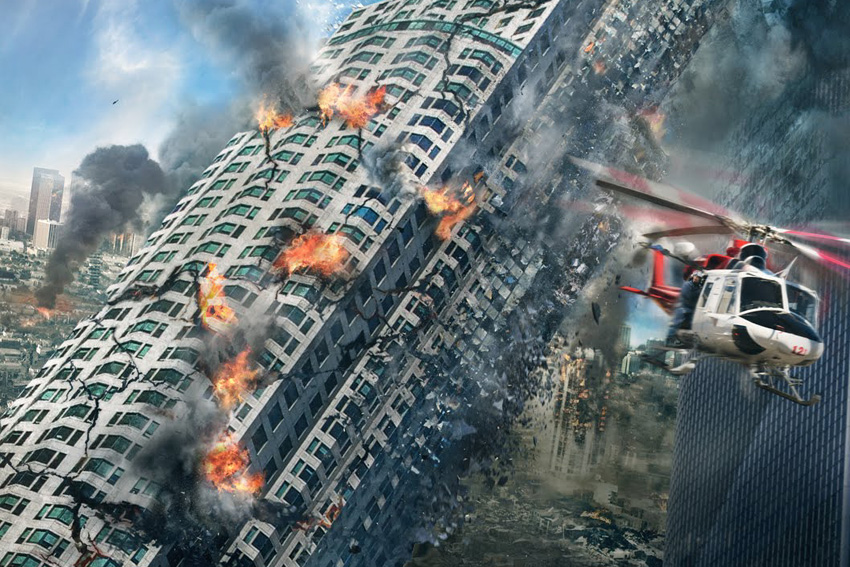Marvel heroes
Doctor Strange Both Subverts and Affirms the Usual Marvel Movie Complaints
WRITER : Admin
|
DATE : 25-11-17
|
CATEGORY : Movies
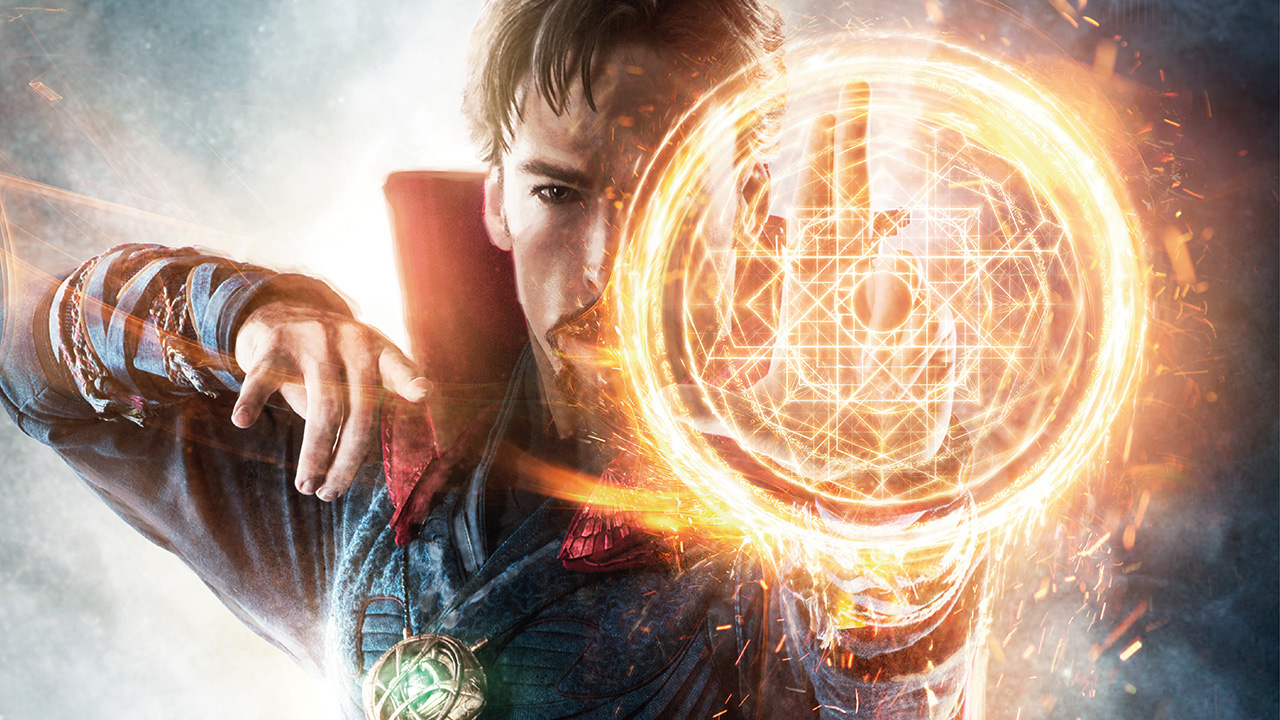 There’s a recurring set of complaints about the “samey-ness” of the Marvel Cinematic Universe. The argument comes in several forms. One common strain posits that every Marvel movie simply follows a predetermined formula, involving some McGuffin (lately, an infinity stone), an undercooked villain, and an inevitable third act action sequence that sets everything right. Another contends that the MCU films lack distinct authorial voices and break down to a house-mandated style. And one recurring grouse, even among fans, focuses on the way Marvel Studios films are shot and lit and even color-corrected.
There’s a recurring set of complaints about the “samey-ness” of the Marvel Cinematic Universe. The argument comes in several forms. One common strain posits that every Marvel movie simply follows a predetermined formula, involving some McGuffin (lately, an infinity stone), an undercooked villain, and an inevitable third act action sequence that sets everything right. Another contends that the MCU films lack distinct authorial voices and break down to a house-mandated style. And one recurring grouse, even among fans, focuses on the way Marvel Studios films are shot and lit and even color-corrected.
There’s a grain of truth to each of these critiques, but as I discussed with Robbie Dorman on the Serial Fanatacist Podcast, I find them all largely unavailing. For one thing, even the studio’s first set of films, released prior to the game-changing Avengers team up (Iron Man, The Incredible Hulk, Thor, and Captain America: The First Avenger) have vastly different vibes and tell markedly different types of stories. From a Shakespearean-influenced high fantasy romp, to a 1940s throwback adventure, to a military-heavy fugitive narrative, to a more traditional hero’s origin story, the Marvel movies have come in different flavors from the very beginning.
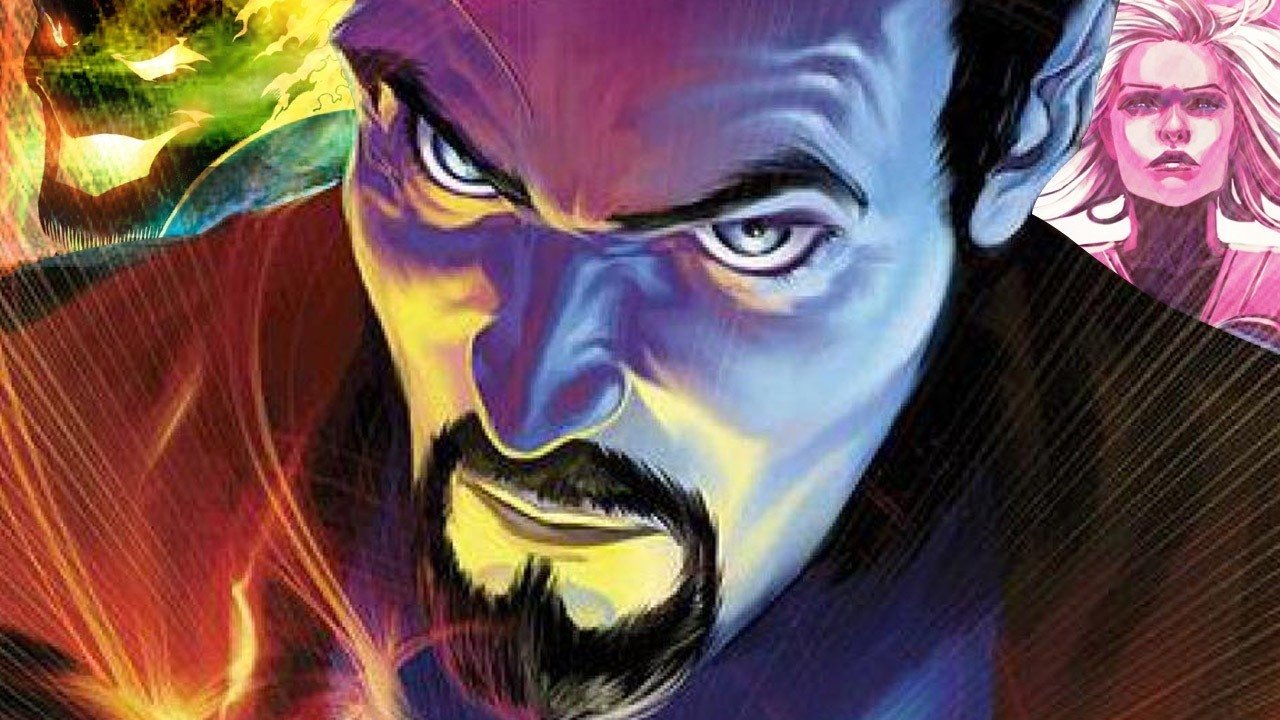 What’s more, while there are common themes of redemption and certain recurring motifs common to many superhero films in the MCU, there’s also a focus on character that has served to distinguish Marvel’s films from one another independently of the antagonists or plot obstacles in a given film. As others have pointed out, Marvel Studios has found great success by focusing on the development of its heroes (and those close to them) making their personal journeys the driving force behind these films, rather than the newest set of villains or big plot development that have driven other franchises. And, over the course of fourteen movies, plenty of entries in the MCU series of films have subverted the tropes that the series’s critics accuse it of slavishly adhering to.
What’s more, while there are common themes of redemption and certain recurring motifs common to many superhero films in the MCU, there’s also a focus on character that has served to distinguish Marvel’s films from one another independently of the antagonists or plot obstacles in a given film. As others have pointed out, Marvel Studios has found great success by focusing on the development of its heroes (and those close to them) making their personal journeys the driving force behind these films, rather than the newest set of villains or big plot development that have driven other franchises. And, over the course of fourteen movies, plenty of entries in the MCU series of films have subverted the tropes that the series’s critics accuse it of slavishly adhering to.
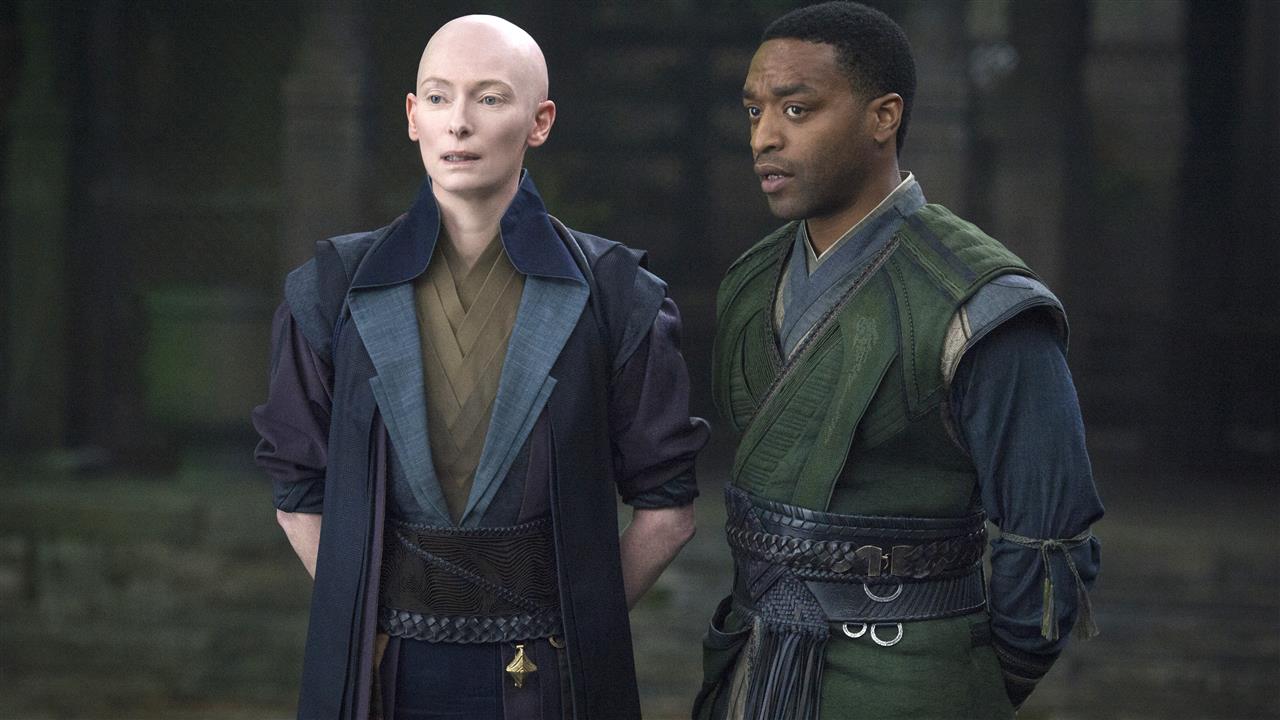 Doctor Strange acts as both a confirmation and a rebuke to these arguments. It features some of the MCU’s most dazzling visuals and breaks with some of the franchise’s biggest conventions. And yet, at the same time, it feels like a recapitulation of many of the same types of stories and beats that other Marvel Studios films have employed in the past.
Doctor Strange acts as both a confirmation and a rebuke to these arguments. It features some of the MCU’s most dazzling visuals and breaks with some of the franchise’s biggest conventions. And yet, at the same time, it feels like a recapitulation of many of the same types of stories and beats that other Marvel Studios films have employed in the past.
The biggest checkmark in Doctor Strange’s favor comes from its visual inventiveness. Like the aforementioned quartet of films that introduced the franchise’s first big four Avengers, Doctor Strange presents its own unique corner of the Marvel Cinematic Universe, one focused on magic powers and interdimensional flair. But the film doesn’t just use that premise as an excuse to show characters throwing indiscriminate, multicolored magical bolts at one another (though there’s certainly plenty of that), instead using it as a reason to realize the visual potential of the comic book world presented.
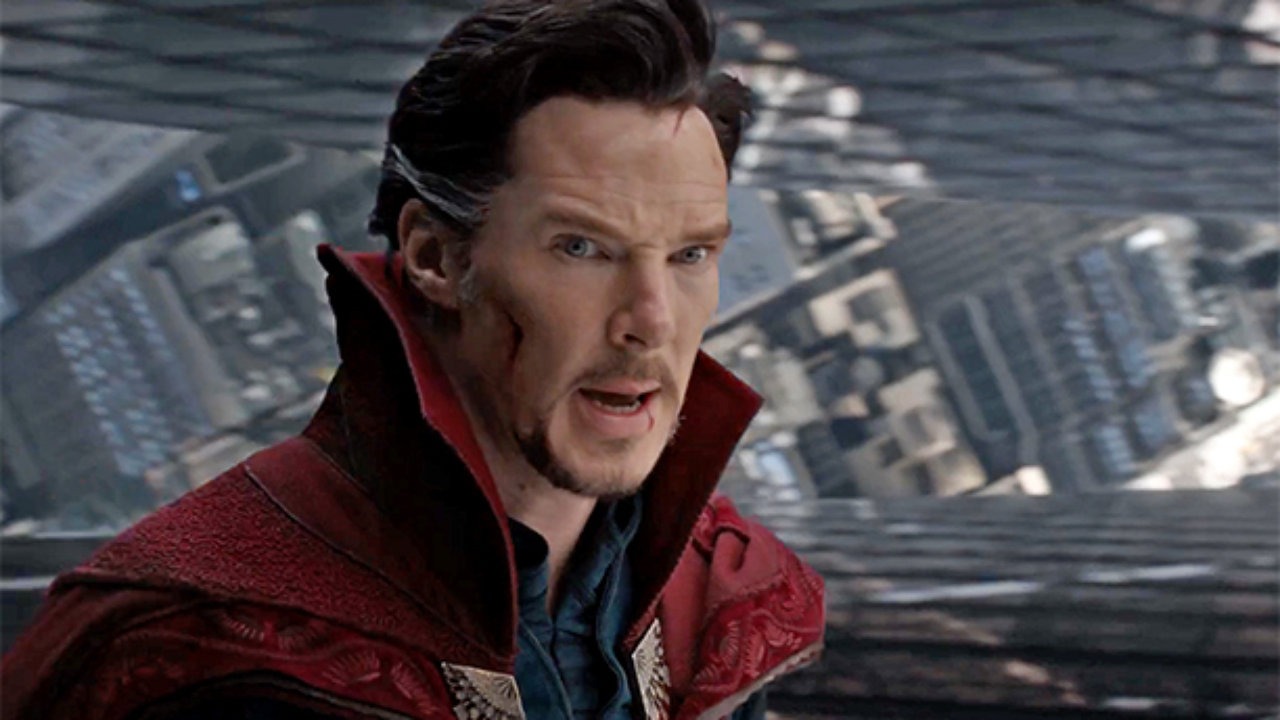 That aesthetic adventurousness comes through in any number of impressive sequences. One recurring visual motif throughout the movie features infinitely repeating patterns and impossible dimensions that call to mind everything from M.C. Escher to Inception. Several scenes in the film boast a diversity of styles and modes of visual presentation, whether it’s a bit of psychedelia (fit for a particularly rough acid trip) or the use of fractals and similar images to symbolize the ever-expanding universes and shards of existence that the title character is opening his mind up to.
That aesthetic adventurousness comes through in any number of impressive sequences. One recurring visual motif throughout the movie features infinitely repeating patterns and impossible dimensions that call to mind everything from M.C. Escher to Inception. Several scenes in the film boast a diversity of styles and modes of visual presentation, whether it’s a bit of psychedelia (fit for a particularly rough acid trip) or the use of fractals and similar images to symbolize the ever-expanding universes and shards of existence that the title character is opening his mind up to.
Even the closest thing the film offers to the standard third act action sequence includes the same sort of visual thrills, with a sense of novelty matched only by the dimension-hopping battle at the end of Thor: The Dark World. Showing a time dilated version of the standard combat that’s become the bread and butter of superhero movies, where the battlefield is either frozen stock still or moving backwards in time, creates a vibrancy in what otherwise might be a stock sequence.
The same goes for the film’s unorthodox solution for the defeat of its major threat. Doctor Strange himself (Benedict Cumberbatch, who’s ready to break Tumblr whenever his character crosses paths with Tom Hiddleston’s Loki) spends plenty of time in the movie going hand-to-nerve-damaged hand with his opponents. But the ultimate resolution to the story hinges on a thematic choice rather than a physical (or meta-physical) one. When the titular hero comes face-to-face with Dormammu, the ancient evil summoned by the movie’s antagonist, Kaecilius (Mads Mikkelsen, who plays a lapsed former adherent to the order of good guy sorcerers), the film breaks from the “just punch it harder” conventions the Marvel franchise is accused of. Instead, the unorthodox sequence works as a culmination of Strange’s character traits and the themes of the film.
 Stephen Strange himself is depicted as a brilliant, but in some ways too cautious, individual. Though he is an immensely talented surgeon, Strange is often reluctant to take on difficult cases that may threaten to mess up the “perfect record” which has brought him fortune and fame. In effect, he is afraid to lose, treating only those patients whom he believes will allow him to succeed unscathed. At the same time, The Ancient One (Tilda Swinton, who creates an impressively layered and fey presence here), sees great potential in Strange due to his ability to think outside the box and to break rules when necessary, in a way that allows him to plumb the depths of possibility in a way others cannot.
Stephen Strange himself is depicted as a brilliant, but in some ways too cautious, individual. Though he is an immensely talented surgeon, Strange is often reluctant to take on difficult cases that may threaten to mess up the “perfect record” which has brought him fortune and fame. In effect, he is afraid to lose, treating only those patients whom he believes will allow him to succeed unscathed. At the same time, The Ancient One (Tilda Swinton, who creates an impressively layered and fey presence here), sees great potential in Strange due to his ability to think outside the box and to break rules when necessary, in a way that allows him to plumb the depths of possibility in a way others cannot.
So when set against the god-like Dormammu, Doctor Strange conveys his personal growth and realizes that potential in how he manages to defeat the extra-dimensional menace. Strange uses the Orb of Agamotto (the time-shifting artifact du jour of the film) to trap himself and his enemy in the same moment, which cycles over and over again. That results in repeated deaths for Strange, each more gruesome than the last, at the hands of his adversary, only for every instance of his demise to be followed by an incessant rebirth and renewed hectoring. Eventually, this endless and inescapable repetition infuriates Dormammu. The beast agrees to leave this realm (and take Kaecilius with him) in exchange for Strange unshackling him from such surly temporal bonds.
It works as a nicely-realized illustration of the (admittedly somewhat hokey) idea that Strange has to let himself lose in order to win. The images of him dying over and over again become almost comical when repeated at a staccato pace, punctuated with his immediate resurrection and repeated demands to bargain, but they also represent his willingness to fail again and again, to risk loss, possibly for all eternity, in order to have a chance for a greater victory. At the same time, it shows him breaking the usual “rules” that Dormammu abides by, coming up with a slanted solution to an otherwise intractable problem.
The scene also fits with Doctor Strange’s recurring themes of embracing the finite, even in the face of the infinite. The main villain’s goal is to use forbidden rituals to live forever. That’s contrasted with The Ancient One herself letting go of the same methods (which have kept her alive lo these many years) and accepting her death and the end of things. That temporal focus connects to Doctor Strange’s strategy against Dormammu, and even comports with the character’s own personal touchstone — a broken, engraved watch, which was a gift from his semi-paramour, Christine Palmer (Rachel McAdams, who regrettably plays the stock female accompaniment here). There’s a thematic coherence to Doctor Strange — one focused on the inevitability of limits even in a realm that promises none — that provides a throughline beyond the bursts of magic, world building, and the trademark MCU quips that buoy the film.
The problem is that despite this creativity, and the well-done (if not exactly deep) thematic punch behind the actual punching, there’s something all too familiar at the core of Doctor Strange. The film essentially recreates the first Iron Man movie over again, with the simple substitution of magic for technology.
It introduces us to a brilliant but self-absorbed, oblivious jerk, who’s on top of the world alongside a would-be girlfriend that he takes for granted. He’s involved in a terrible accident and, on the road to recovery, meets with a mentor who teaches him selflessness over selfishness and shows him the error of his ways. The mentor dies; the hero embraces his potential and takes responsibility for the safety and well-being of others, and ultimately finds a creative way to neutralize the bad guy based on his own earlier struggles.
As I’ve said before, at a high enough level of generality, you can make almost any two stories sound the same. To the point, this sort of character arc is far older than the halcyon days of 2008 when Marvel released Iron Man and the MCU was born. And whether it’s Hulk or Captain America or Ant-Man, this franchise has offered plenty of heroes who didn’t need to be taught to be good, but rather just needed the opportunity. Still, while Thor’s golden boy, fish-out-of-water setup, and Starlord’s bumbling roguishness, distinguished the two heroes even as they embarked on similar personal narratives, Doctor Strange feels much closer to Tony Stark both in personality and in execution.
That makes the quirks of the character — his genius, his smart mouth, and his self-aggrandizing turned do-gooder transformation — seem far too familiar and unambitious. Moreover, what little of Doctor Strange’s personality there is that doesn’t feel like a recapitulation of Tony Stark seems borrowed from T.V.’s Dr. House.
The presentation of this ornery-but-clever, virtuoso jerk of a medical professional owes a great deal to Hugh Laurie and David Shore, even with the distinguishing factor of magical accoutrement. The titular doctor even arrives on the screen replete with the same British-as-American accent and inexplicably devoted colleague and romantic interest.
The end result is that the reheated elements of the film detract from the ways in which Doctor Strange is patently unique among its Marvel brethren: The film features the abundant witty remarks and humor of the mundane in the shadow of these world-shaping events that are welcome but expected. The villain is, once again, more of a device than a full-fledged character in his own right. And as usual, the mentor is killed by the bad guys, but not before imparting an important lesson to the hero.
Doctor Strange is still a sturdy and largely enjoyable film. The important arcs are firmly present. The majority of the characters are sketched out well enough to make the personal transformations meaningful. And the film’s visuals are top notch, showing a creative spark unmatched by most superhero films. The movie even sets up Mordo (Chiwetel Ejiofor, who is as flawless as always, even in a somewhat underwritten part) as an intriguing foil and potential antagonist down the line, fostering a connection, but also a philosophical difference, between him and Strange that portends a meaningful conflict.
But beneath the visual flash and the solid development of the film’s characters and themes, there’s a heavy quotient of the rote tics and conventions that MCU-doubters chastise the franchise for. Doctor Strange shows off the strengths of the Marvel franchise, the way that its movies can use a certain amount of formula to produce something that feels like a part of a common universe and tradition that the audience can connect with more easily, while injecting enough creativity to make each outing distinct and memorable on its own terms.
Nevertheless, when Doctor Strange relies on story beats and characterizations that are not merely reminiscent of past works in the franchise, but which instead take whole pages out of the same playbook, it blunts even the impressive visual inventiveness that might otherwise distinguish the Marvel Cinematic Universe’s first foray into this striking realm of wonder and magic. There’s an undeniable creative flair to Doctor Strange, but we’ve seen many of the film’s tricks before.

There’s a grain of truth to each of these critiques, but as I discussed with Robbie Dorman on the Serial Fanatacist Podcast, I find them all largely unavailing. For one thing, even the studio’s first set of films, released prior to the game-changing Avengers team up (Iron Man, The Incredible Hulk, Thor, and Captain America: The First Avenger) have vastly different vibes and tell markedly different types of stories. From a Shakespearean-influenced high fantasy romp, to a 1940s throwback adventure, to a military-heavy fugitive narrative, to a more traditional hero’s origin story, the Marvel movies have come in different flavors from the very beginning.


The biggest checkmark in Doctor Strange’s favor comes from its visual inventiveness. Like the aforementioned quartet of films that introduced the franchise’s first big four Avengers, Doctor Strange presents its own unique corner of the Marvel Cinematic Universe, one focused on magic powers and interdimensional flair. But the film doesn’t just use that premise as an excuse to show characters throwing indiscriminate, multicolored magical bolts at one another (though there’s certainly plenty of that), instead using it as a reason to realize the visual potential of the comic book world presented.

Even the closest thing the film offers to the standard third act action sequence includes the same sort of visual thrills, with a sense of novelty matched only by the dimension-hopping battle at the end of Thor: The Dark World. Showing a time dilated version of the standard combat that’s become the bread and butter of superhero movies, where the battlefield is either frozen stock still or moving backwards in time, creates a vibrancy in what otherwise might be a stock sequence.
The same goes for the film’s unorthodox solution for the defeat of its major threat. Doctor Strange himself (Benedict Cumberbatch, who’s ready to break Tumblr whenever his character crosses paths with Tom Hiddleston’s Loki) spends plenty of time in the movie going hand-to-nerve-damaged hand with his opponents. But the ultimate resolution to the story hinges on a thematic choice rather than a physical (or meta-physical) one. When the titular hero comes face-to-face with Dormammu, the ancient evil summoned by the movie’s antagonist, Kaecilius (Mads Mikkelsen, who plays a lapsed former adherent to the order of good guy sorcerers), the film breaks from the “just punch it harder” conventions the Marvel franchise is accused of. Instead, the unorthodox sequence works as a culmination of Strange’s character traits and the themes of the film.

So when set against the god-like Dormammu, Doctor Strange conveys his personal growth and realizes that potential in how he manages to defeat the extra-dimensional menace. Strange uses the Orb of Agamotto (the time-shifting artifact du jour of the film) to trap himself and his enemy in the same moment, which cycles over and over again. That results in repeated deaths for Strange, each more gruesome than the last, at the hands of his adversary, only for every instance of his demise to be followed by an incessant rebirth and renewed hectoring. Eventually, this endless and inescapable repetition infuriates Dormammu. The beast agrees to leave this realm (and take Kaecilius with him) in exchange for Strange unshackling him from such surly temporal bonds.
It works as a nicely-realized illustration of the (admittedly somewhat hokey) idea that Strange has to let himself lose in order to win. The images of him dying over and over again become almost comical when repeated at a staccato pace, punctuated with his immediate resurrection and repeated demands to bargain, but they also represent his willingness to fail again and again, to risk loss, possibly for all eternity, in order to have a chance for a greater victory. At the same time, it shows him breaking the usual “rules” that Dormammu abides by, coming up with a slanted solution to an otherwise intractable problem.
The scene also fits with Doctor Strange’s recurring themes of embracing the finite, even in the face of the infinite. The main villain’s goal is to use forbidden rituals to live forever. That’s contrasted with The Ancient One herself letting go of the same methods (which have kept her alive lo these many years) and accepting her death and the end of things. That temporal focus connects to Doctor Strange’s strategy against Dormammu, and even comports with the character’s own personal touchstone — a broken, engraved watch, which was a gift from his semi-paramour, Christine Palmer (Rachel McAdams, who regrettably plays the stock female accompaniment here). There’s a thematic coherence to Doctor Strange — one focused on the inevitability of limits even in a realm that promises none — that provides a throughline beyond the bursts of magic, world building, and the trademark MCU quips that buoy the film.
The problem is that despite this creativity, and the well-done (if not exactly deep) thematic punch behind the actual punching, there’s something all too familiar at the core of Doctor Strange. The film essentially recreates the first Iron Man movie over again, with the simple substitution of magic for technology.
It introduces us to a brilliant but self-absorbed, oblivious jerk, who’s on top of the world alongside a would-be girlfriend that he takes for granted. He’s involved in a terrible accident and, on the road to recovery, meets with a mentor who teaches him selflessness over selfishness and shows him the error of his ways. The mentor dies; the hero embraces his potential and takes responsibility for the safety and well-being of others, and ultimately finds a creative way to neutralize the bad guy based on his own earlier struggles.
As I’ve said before, at a high enough level of generality, you can make almost any two stories sound the same. To the point, this sort of character arc is far older than the halcyon days of 2008 when Marvel released Iron Man and the MCU was born. And whether it’s Hulk or Captain America or Ant-Man, this franchise has offered plenty of heroes who didn’t need to be taught to be good, but rather just needed the opportunity. Still, while Thor’s golden boy, fish-out-of-water setup, and Starlord’s bumbling roguishness, distinguished the two heroes even as they embarked on similar personal narratives, Doctor Strange feels much closer to Tony Stark both in personality and in execution.
That makes the quirks of the character — his genius, his smart mouth, and his self-aggrandizing turned do-gooder transformation — seem far too familiar and unambitious. Moreover, what little of Doctor Strange’s personality there is that doesn’t feel like a recapitulation of Tony Stark seems borrowed from T.V.’s Dr. House.
The presentation of this ornery-but-clever, virtuoso jerk of a medical professional owes a great deal to Hugh Laurie and David Shore, even with the distinguishing factor of magical accoutrement. The titular doctor even arrives on the screen replete with the same British-as-American accent and inexplicably devoted colleague and romantic interest.
The end result is that the reheated elements of the film detract from the ways in which Doctor Strange is patently unique among its Marvel brethren: The film features the abundant witty remarks and humor of the mundane in the shadow of these world-shaping events that are welcome but expected. The villain is, once again, more of a device than a full-fledged character in his own right. And as usual, the mentor is killed by the bad guys, but not before imparting an important lesson to the hero.
Doctor Strange is still a sturdy and largely enjoyable film. The important arcs are firmly present. The majority of the characters are sketched out well enough to make the personal transformations meaningful. And the film’s visuals are top notch, showing a creative spark unmatched by most superhero films. The movie even sets up Mordo (Chiwetel Ejiofor, who is as flawless as always, even in a somewhat underwritten part) as an intriguing foil and potential antagonist down the line, fostering a connection, but also a philosophical difference, between him and Strange that portends a meaningful conflict.
But beneath the visual flash and the solid development of the film’s characters and themes, there’s a heavy quotient of the rote tics and conventions that MCU-doubters chastise the franchise for. Doctor Strange shows off the strengths of the Marvel franchise, the way that its movies can use a certain amount of formula to produce something that feels like a part of a common universe and tradition that the audience can connect with more easily, while injecting enough creativity to make each outing distinct and memorable on its own terms.
Nevertheless, when Doctor Strange relies on story beats and characterizations that are not merely reminiscent of past works in the franchise, but which instead take whole pages out of the same playbook, it blunts even the impressive visual inventiveness that might otherwise distinguish the Marvel Cinematic Universe’s first foray into this striking realm of wonder and magic. There’s an undeniable creative flair to Doctor Strange, but we’ve seen many of the film’s tricks before.
WRITER : Admin
|
DATE : 26-01-01
|
CATEGORY : File Search
MOBILE SEARCH
※ 컴퓨터 접속자는 컴퓨터 전용 웹하드 검색기로 검색하셔야 합니다. 컴퓨터 전용 검색기 이동
※ 찾으시는 관련 검색어를 짧게 입력해주세요. 【띄어쓰기/특수문자 금지】
※ 위의 검색기는 파일이즈 【 www.fileis.com 】에서 제공하는 자료를 검색해드리고 있습니다.
※ 파일콩 웹하드 검색기의 장점은 웹하드에서 【제한된 검색어까지 모두 검색이 가능】하다는 점입니다.

